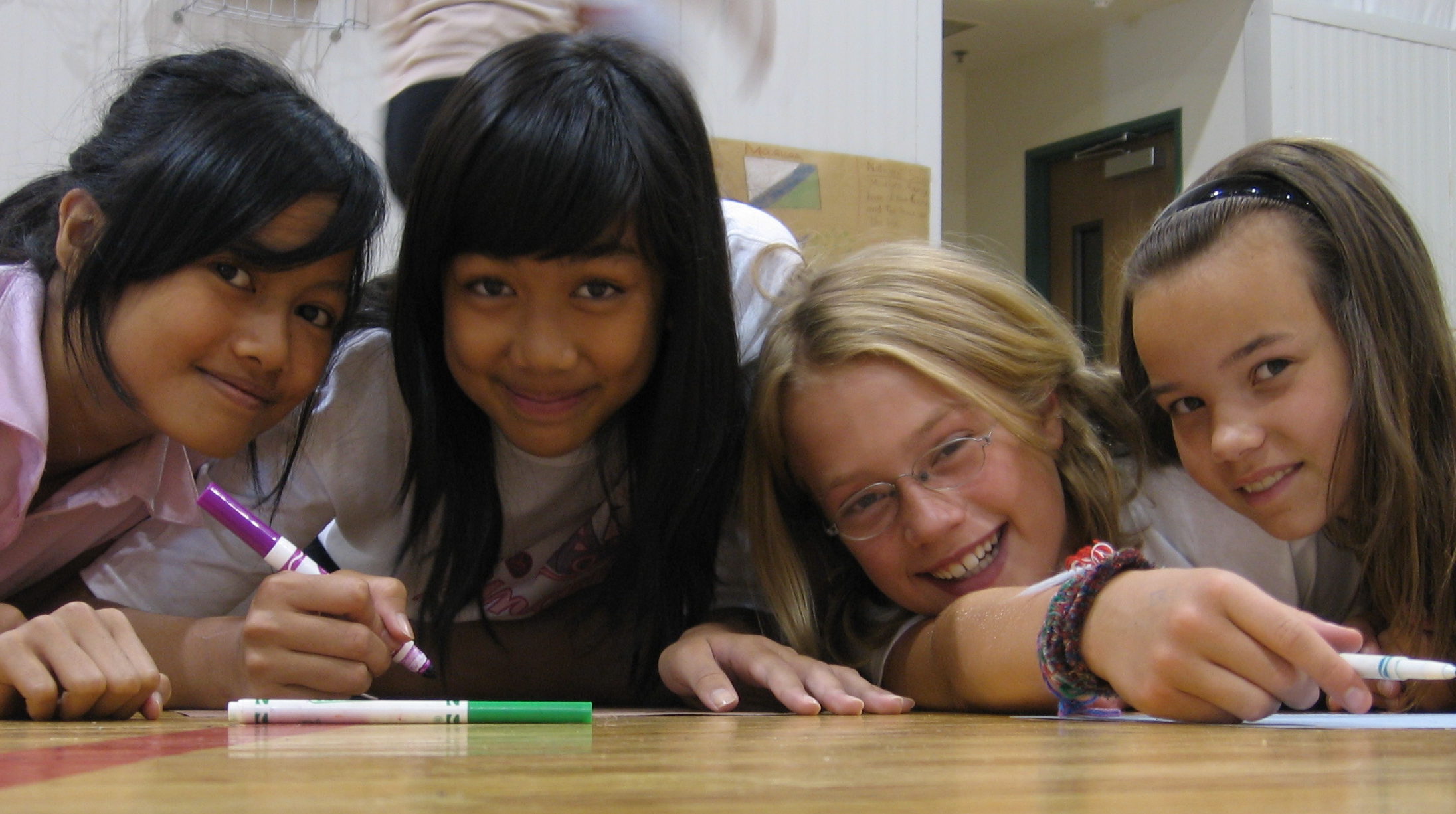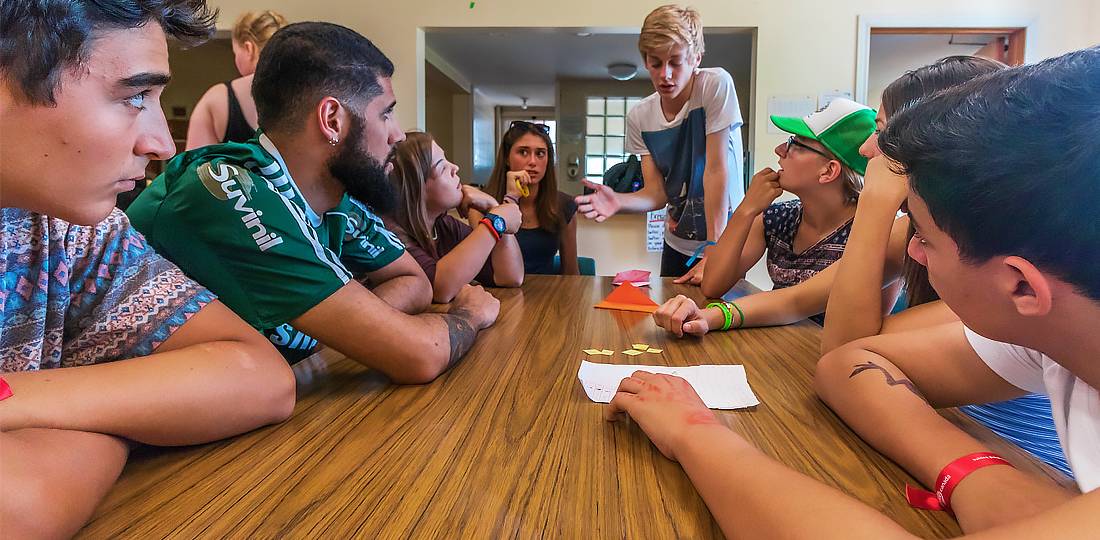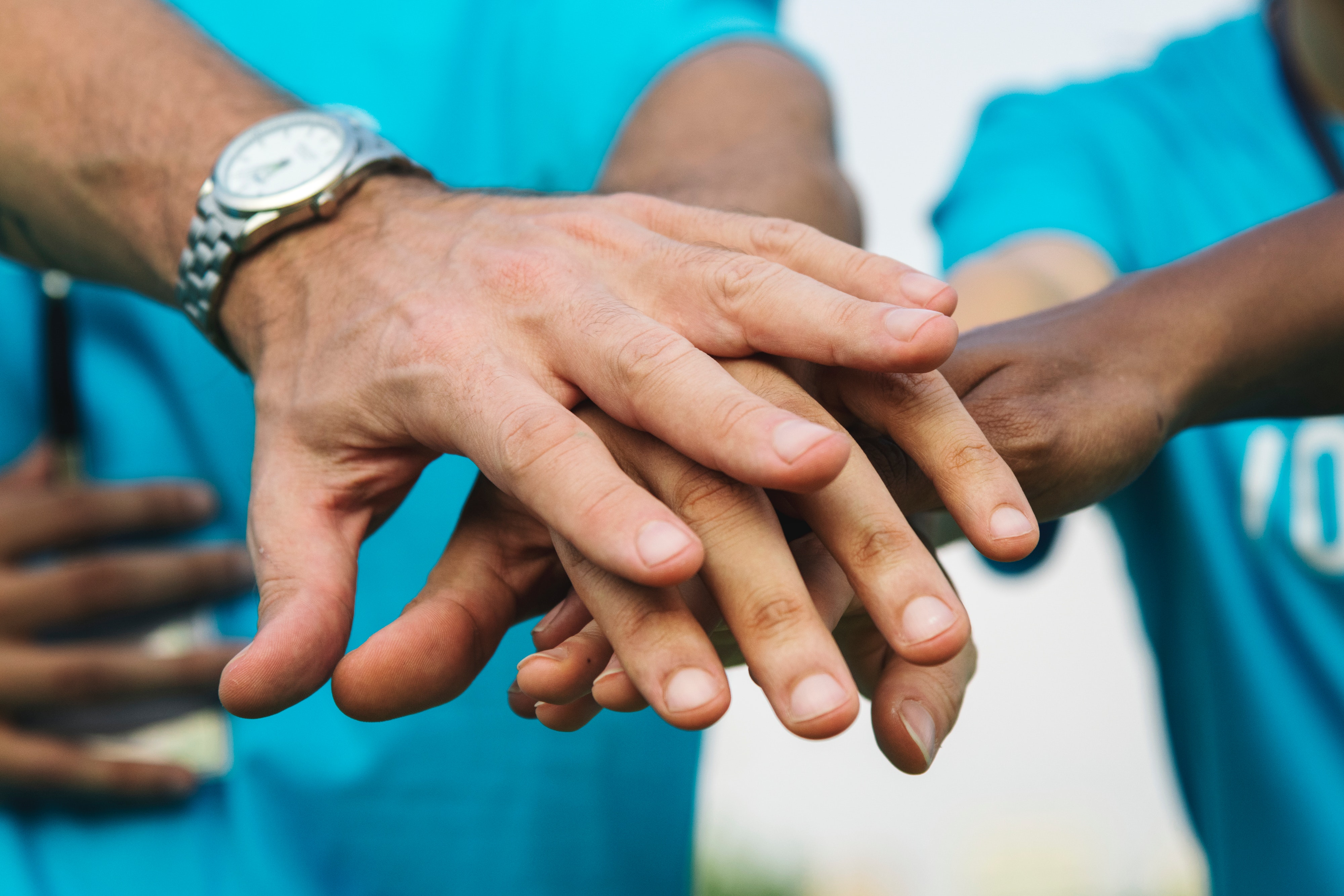6 steps: What We’ll Do Throughout the Year
Introducing Conflict and Resolution
January 25, 2019Introducing the Jirafas Team 2015 – The year to start being more Giraffe!
January 25, 2019by Einav Dinur and Rupert Friederichsen
As mentioned in our first post, we view conflicts as an integral part of interconnection with people. And we aspire to shift the focus from how to AVOID a conflict to how to HANDLE a conflict when it arises. So our goal is to give you tools and methods which help discuss conflicts openly, thereby turning conflict into something that can be actively handled and shaped, and eventually resolved. Our hope is that with the right tools at hand, the existence of conflicts will become less scary. After all, conflicts are a perfectly normal in a place where different thoughts, ideals, feelings, opinions and behaviours come together.
Throughout the year, we will contribute to CISV’s trainings, programmes, and educational work done in chapters. Our focus will shift every two months from one step to the next.
- Step 1. January to February: Introducing Conflict and Resolution Here we clarify what we mean by conflict and resolution, what we’ll be doing over the year, and who does it.
- Step 2. March to April: Educating on Conflict and Resolution In step 2 we’ll focus on what trainers need so they can run sessions which bring the content area to life and which give trainees the Attitudes, Skills and Knowledge needed to engage with conflicts and resolve them.
- Step 3. May to June: Conflict and Resolution in CISV Programmes Step 3 will support adults in programme roles by helping CISV educators to tailor conflict education to the specific needs of children and youth in different age groups and to our programmes’ educational goals.
- Step 4. July to August: Back from the Programmes: Learning from Programme experience for life in our Chapters Step 4 uses the energy and ideas that CISV volunteers bring back from programmes. How can we make sure that all of our Chapter volunteers also benefit from and contribute to the yearly content area?
- Step 5. September to October: I want to know more about Conflict and Resolution: Looking beyond CISV In step 5 we look outside of CISV to get new knowledge and inspiring examples of work others do to reduce conflict and transform it into something new and better.
- Step 6. November to December: Well done? Taking stock of the content area 2015. In the last step we look back at the year and identify successes and areas for improvement in future content area work.
So that’s the plan in outline. But for the 6 steps to become a success we need you to get involved. To start, you can reserve activity slots in your local and regional work for conflict and resolution. In your upcoming minicamp, your local or national leadership trainings, etc. And you can count on us, we will provide educational activities, training sessions, and other material to help you engage your people with this year’s peace education content area.
Together we can make 2015 – the whole year! – a significant milestone for how CISVers interact with and within conflicts.
Stay tuned! Next week we’ll introduce the teams behind making the six steps happen.
Einav
(Author of Confronting Conflicts and member of the Conference and Events Committee)
Rupert
(Training and Quality Assurance Manager)



